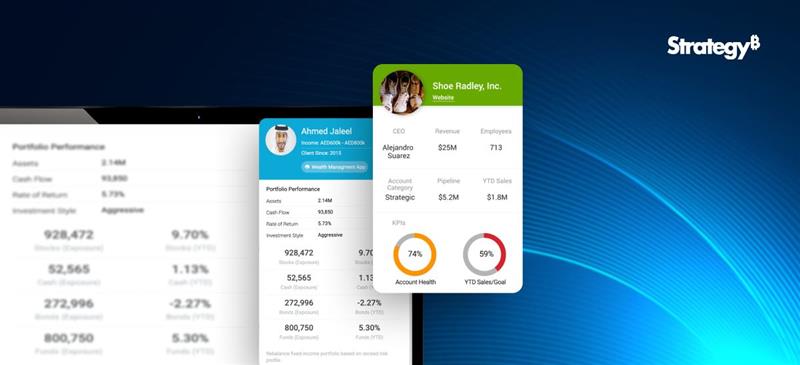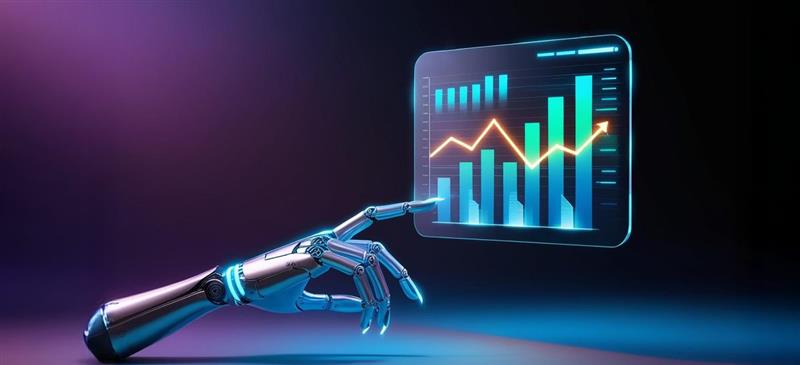Top Cybersecurity Trends
The cybersecurity measures are uncompromising, and leaders should be informed about the changing trends and update frequently. Here are some important cybersecurity trends that are going to help you:
1. The Rise of Cybersecurity Threats in the Automotive Industry
Sophisticated software in modern cars provides smooth communication and cutting-edge functions, including driver assistance systems, engine timing, and cruise control. However, cars are also vulnerable to potential hacking threats due to their reliance on automation and the internet. Strict cybersecurity safeguards are required, especially for self-driving or autonomous vehicles, as these dangers are predicted to increase with the growing use of automated vehicles.
2. Blockchain
Although blockchain technology is most commonly associated with cryptocurrency, it could also revolutionize cybersecurity. Blockchain can offer safe storage for private data by establishing a decentralized database. It is far more difficult for hackers to obtain illegal access because there is no central authority in charge of the data.
3. Quantum Computing
This technology processes data by utilizing the principles of quantum mechanics. Compared to conventional computers, it may potentially tackle complicated problems far more quickly. Despite its early stages, this technology has the potential to completely transform cybersecurity by enabling more secure encryption.
4. Leveraging Artificial Intelligence’s Potential in Cybersecurity
Artificial intelligence (AI) has emerged as a vital element for enhancing cybersecurity in various industries. AI has enabled the creation of automated security systems that can perform tasks such as danger identification, facial detection, and natural language processing through machine learning algorithms. Fraudsters, however, also utilize this same technology to create sophisticated attacks designed to circumvent security measures. Despite these difficulties, threat detection systems powered by AI can react quickly to new threats, which is crucial assistance for cybersecurity experts.
5. Mobile Devices: A Common Cyberattack Target
Due to their widespread use, mobile devices have become easy targets for cybercriminals, as proved by the sharp rise in malware and attacks that target personal information and mobile banking services. The risks associated with such breaches are increased by the widespread use of smartphones for various purposes, including communication and financial transactions. With predicted trends indicating an increase in malware and viruses specific to smartphones, mobile security has become a key concern for cybersecurity experts.
6. Improving Cloud Security Protocols
As more businesses adopt cloud services, it is crucial to have robust security measures in place for both data operations and storage. Even with strong security measures in place, cloud providers can still face vulnerabilities due to phishing scams, malicious software, and user error.
Organizations must have robust security measures in place to protect against data breaches and cyber threats. Effective cloud security methods must include encryption, authentication, and regular patching to ensure the confidentiality and integrity of cloud-based data and applications.
7. Data Breach: A Recurring Issue
Even minor software errors can lead to significant risks, which is why data breaches remain a major concern for individuals and organizations worldwide. Regulations such as the CCPA and GDPR emphasize the importance of robust security measures in enhancing data protection and privacy rights. To mitigate the risks of data breaches, it is crucial to ensure compliance with regulations and implement proactive security measures.
8. IoT Safety
The spread of 5G networks has ushered in a new era of connectivity, particularly with the Internet of Things (IoT). IoT devices are vulnerable to external threats and software defects, despite providing previously unheard-of communication capabilities. 5G design is still in its infancy, so identifying and addressing any security flaws will require extensive research. The creation of reliable hardware and software solutions must be a top priority for manufacturers to mitigate the risk of network attacks and data breaches.
9. Using Automation to Improve Cybersecurity
To handle the constantly growing amount of data and simplify security procedures, automation is essential. Security professionals can respond quickly and effectively to new threats due to automation, which provides invaluable assistance in the face of high workloads. For large and complex applications, incorporating security measures into agile development methods ensures the production of more secure software solutions.
10. Targeted Attacks Using Ransomware
Industries that rely on specific software systems are at significant risk from targeted ransomware attacks, which can have devastating consequences. Strong cybersecurity measures are crucial, as pointed out by many recent events. To successfully mitigate risks, organizations must be vigilant for ransomware threats and implement preventive measures.
11. Increasing Cyberwarfare
Cyberwarfare and cyberattacks are increasingly targeting sensitive data and vital infrastructure. Elections and other high-profile events are susceptible to cyberattacks. Thus, extra security is required. A spike in data breaches and the exploitation of political and industrial secrets can be anticipated.
12. Mitigating Insider Threats Through Awareness
Mistakes made by individuals continue to play a significant role in data breaches, particularly in cases involving insider threats within organizations. To address this risk, it’s vital to enhance awareness and provide thorough training programs for employees. By empowering staff to recognize and address potential vulnerabilities, companies can foster a strong culture of cybersecurity awareness. This approach is crucial for safeguarding sensitive data and minimizing the impact of insider threats effectively.
13. Resolving Issues with Cybersecurity in Remote Work Settings
As employees transition to remote work, they navigate less secure network configurations, creating new cybersecurity challenges. Companies must prioritize implementing robust security measures, such as multi-factor authentication and secure virtual private networks, to effectively protect remote workers from online attacks.
14. Countering Attacks via Social Engineering
Social engineering assaults, such as phishing and identity theft, continue to pose a serious threat to enterprises by taking advantage of human weaknesses to get private data illegally. Proactive security measures and personnel training are crucial in mitigating the risks associated with social engineering attacks.
15. Using Multi-Factor Authentication (MFA) to Increase Security
By requiring users to submit multiple authentication forms before gaining access to accounts or systems, MFA adds an extra layer of security. This proactive strategy strengthens the entire cybersecurity posture and reduces the likelihood of unauthorized access. Adopting multi-factor authentication (MFA) must be a top priority for organizations to properly defend against cyber threats.
16. Preventing International Attacks
Because they target sensitive data and vital infrastructure, sophisticated state-sponsored attackers pose a serious threat to enterprises. Multi-factor authentication and real-time monitoring are two proactive security techniques that are crucial for preventing these sophisticated attacks.
17. Improving Management of Identity and Access
Organizations can monitor and regulate access to networks and sensitive data by utilizing identity and access management (IAM) policies. To protect against unauthorized access and data breaches, robust authentication, authorization, and access control procedures must be implemented.
18. Monitoring Data in Real Time to Identify Threats Early
By enabling enterprises to identify and react quickly to suspicious activities, real-time data monitoring lowers the risk of cyberattacks and data breaches. To detect such risks and mitigate their effects, automated alerts and log monitoring are crucial.
19. Securing Connected Vehicles Against Cyber Threats
The increasing connectivity of vehicles exposes them to cyber threats, necessitating robust security measures to protect against potential attacks. Encryption, authentication, and real-time monitoring are essential to safeguarding connected vehicles against automotive hacking.
20. Ensuring IoT Device Security
Ensuring robust security measures becomes increasingly crucial as the number of Internet of Things (IoT) devices continues to grow. To guard against potential vulnerabilities, organizations must prioritize the security of their IoT devices and implement regular updates and safeguards.
Summing Up
The future of cybersecurity will see advancements in trends focused on enhancing digital fortifications. AI-driven threat detection, zero-trust platforms, and other automated security measures have immense potential in helping mitigate emerging threats.
With remote working environments on the rise, the focus is likely to shift towards securing endpoints while also increasing data encryption measures. Moreover, continuous monitoring, holistic user training, and proactive threat intelligence will become integral in maintaining robust cloud security.
In short, a collective effort involving industry collaboration, the latest solutions, and adaptive strategies will become increasingly important in ensuring a resilient and well-protected cloud security system.




